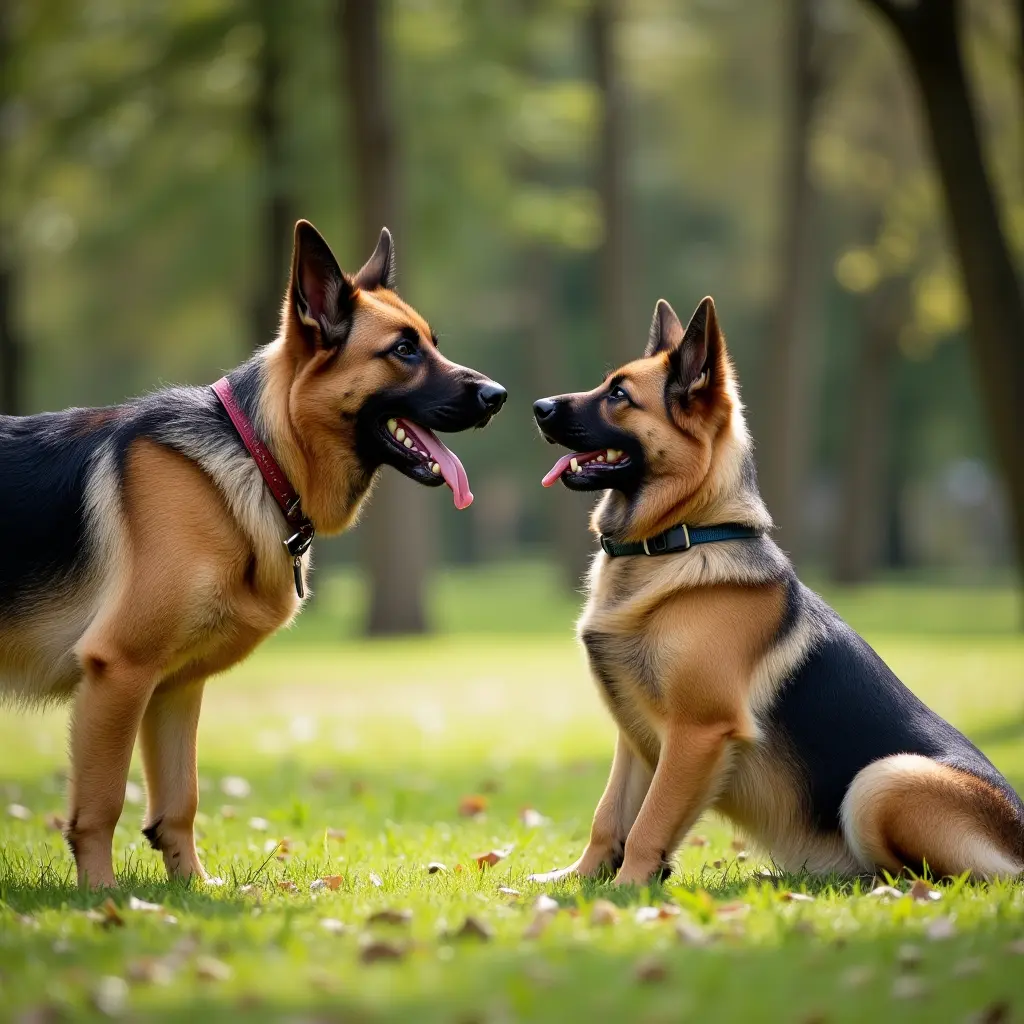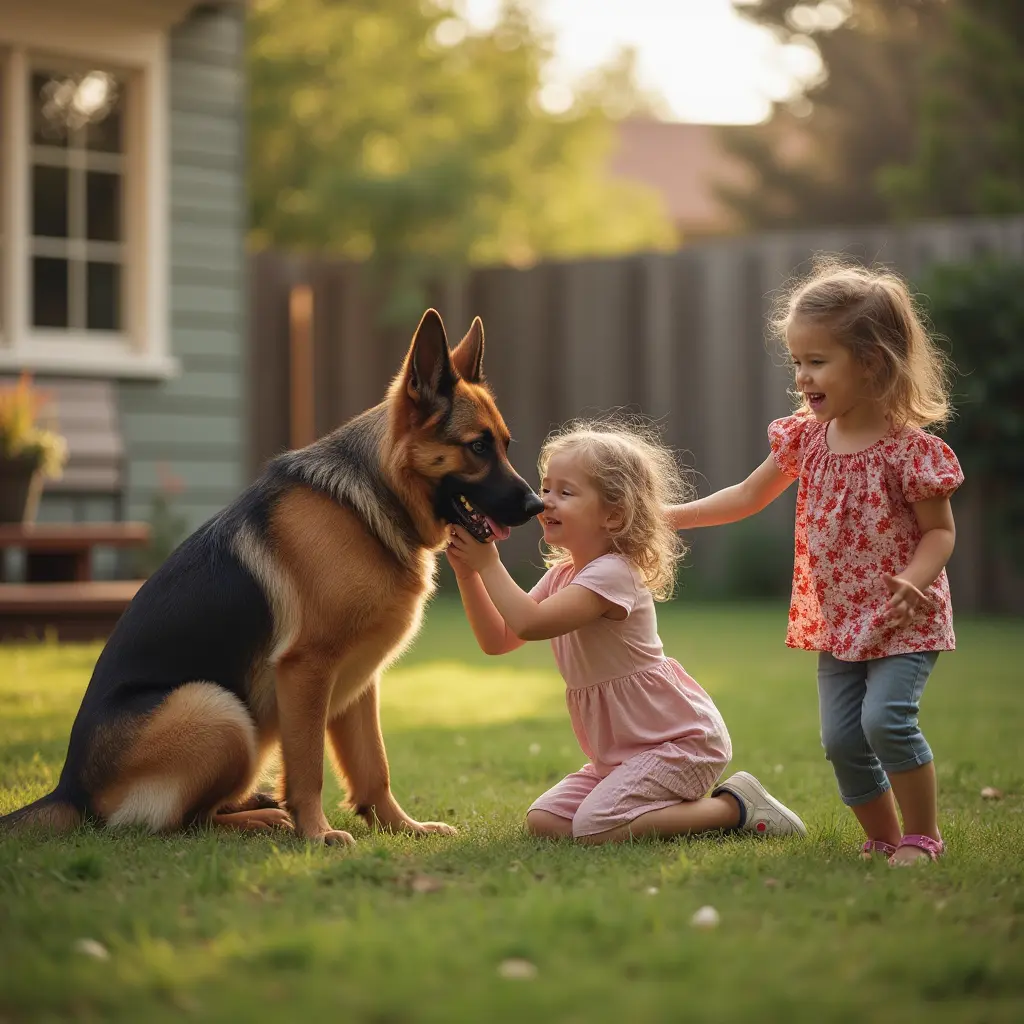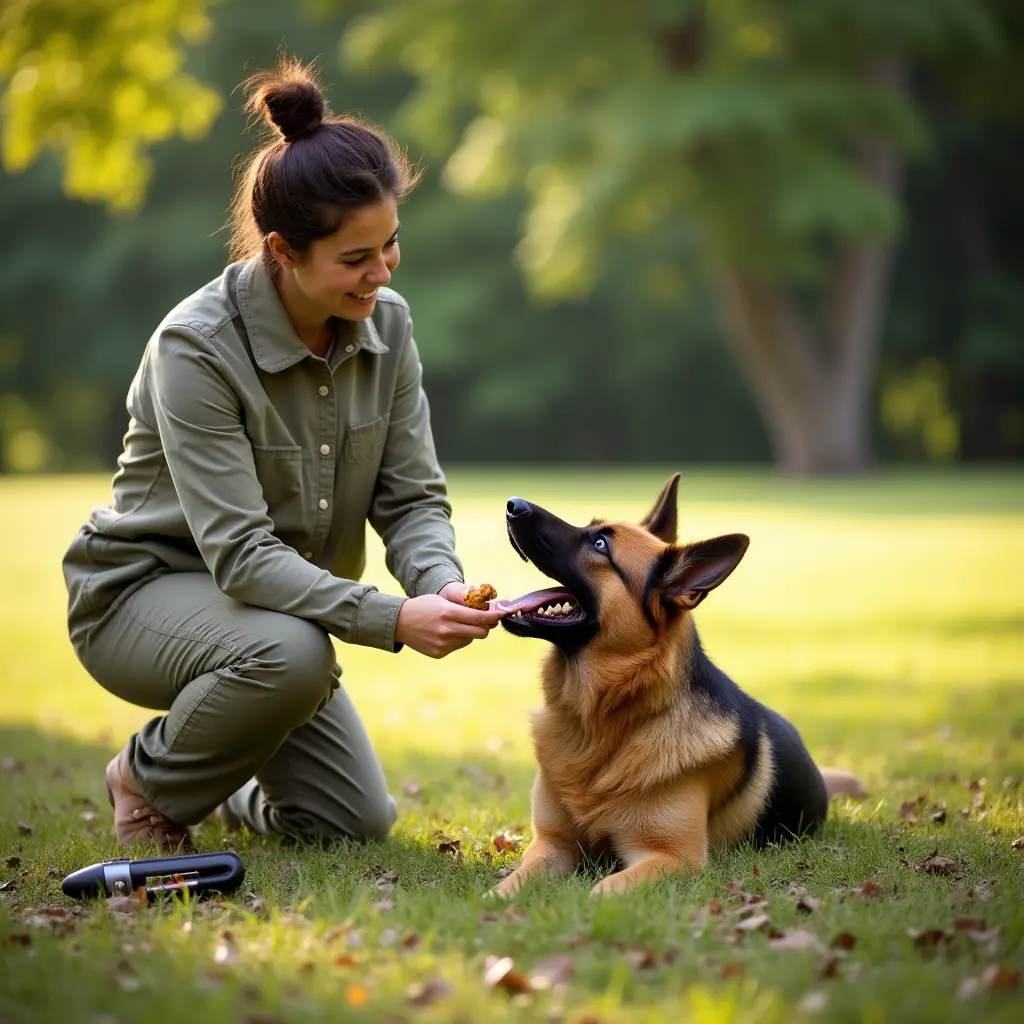Dogs come in all shapes and sizes, genuinely man’s best friends. This may confuse one about the kind of breed to settle for, but looks are not everything; a dog’s character and training make it a better companion than color. The color of a dog may also dictate the level of hygiene required around one’s house for dark-colored dogs such as the Black German Shepherd (GSD), which sheds more hair compared to its lighter counterparts, meaning more hair on the furniture within the home.
Perhaps not so much a “coloration breed” like the rest of them, but the Sable German Shepherd is very much an individual type of dog. The German Shepherd is considered one of the famous working breeds and is acclaimed for its intelligence, loyalty, and most notably, its courage. Historically, the color for this breed was the black and tan; however, much more recently, a much more appealing alternative has crept into preference—the Sable German Shepherd. Such a unified color certainly does not look like the one with usually shaped dogs, but it also raises some interesting aspects concerning their behavior, as well as training and general care.


Sable German Shepherd: Appearance, Behavior, Training, and How to Care for Them
If you are soon planning to bring a Sable German Shepherd home, you must be well-versed in what exactly the breed constitutes in terms of looks, temperament, and how to train it. Here’s everything about the Sable German Shepherd; right from appearance to behavior, training, and how to care for them.
The fur of the Sable German Shepherd is by far one of the most distinctive features that distinguish them from common black and tan German Shepherds. More so, the Sable German Shepherds have pretty unusual coats when it comes to other breeds in that they are gold, tan, gray with hints of red, banded much like that of a very attractive salt-and-pepper look. It’s all in the coloration for this breed that puts him apart with other breeds for that wild and rugged look.
The Sable German Shepherd’s coat is made up of hair of alternating dark and light colors in a striking multicolor effect. Typically, shades tend to be lighter at the fur’s base before graduating into a darker color at the tips. This allows the dog to develop a beautiful gradation of colors on his coat. Sometimes, as puppies, their fur shades may look pretty diverse, but by maturity, the colors become even and uniform.
Besides the sable fur, here are other distinguishing features found in the Sable German Shepherd:
- Pricked ears: The characteristic pricked ears of the breed.
- Almond-shaped eyes: These eyes add to the keen and intelligent look.
- A bushy tail: Usually carried high, adding to their courageous stance.
- A dark mask: That forms on their face, making them look more defined.
Not all about color, but the Sable German Shepherd’s look also reflects the muscular, athletic stature inherited from the standard German Shepherd breed.
Sable German Shepherd Temperament
Though the Sable German Shepherd may differ in color, its temperament is quite similar to that of the standard German Shepherd. Known for its intelligence, loyalty, and courage, the Sable German Shepherd is usually protective of its family. They tend to be very good with children and can be extremely devoted to their family members. However, they may also be cautious or aloof with strangers, making them great guard dogs. This breed is also known for its work ethic, often excelling in roles such as police or service dogs due to their natural ability to learn quickly.
Sable German Shepherd Training Tips
Training a Sable German Shepherd is relatively easy, as they are highly intelligent and eager to please. Positive reinforcement is the most effective method for training them. They respond well to rewards and praise, so using treats and affection during training sessions will help them stay motivated.
Since Sable German Shepherds are energetic and intelligent, they require mental and physical stimulation to stay happy. Providing them with plenty of opportunities for exercise, puzzle toys, and obedience training will help keep them engaged. This breed can also excel in advanced training, including search and rescue work, service dog training, and agility.

Sable German Shepherd Health Tips
Like all large breeds, Sable German Shepherds are prone to certain health issues. Some common concerns include hip and elbow dysplasia, degenerative myelopathy (DM), and bloating. Regular vet check-ups and maintaining a healthy diet can help manage these risks.
In addition to routine vet visits, keeping your Sable German Shepherd active is essential. Regular exercise can help prevent weight gain, which can put additional strain on their joints. Make sure to provide them with a balanced diet tailored to their age, weight, and energy levels. Additionally, maintaining good hygiene practices, especially with their shedding coat, is crucial for keeping your home clean and your dog comfortable.